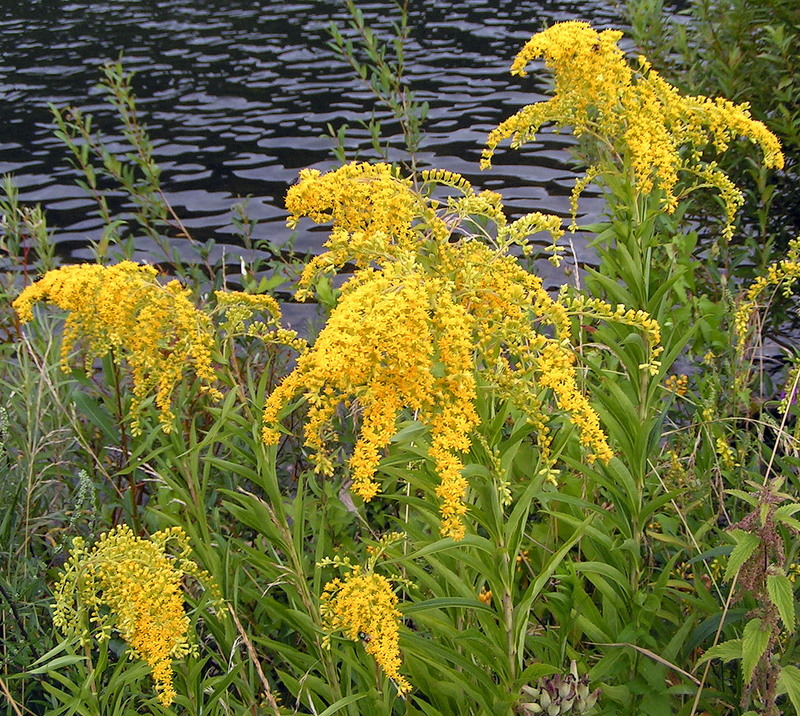Description
Pokeweed is poisonous. The berries are poisonous even when green, and the plants themselves become more poisonous as they mature. It is, however, a traditional food of southern Appalachia. Preparation involves boiling twice and discarding the water, to make the leaves and stems safe to eat.
Pokeweed, also known as Phytolacca americana, is a native plant to North America. It is a herbaceous perennial that grows up to 10 feet tall, with a single reddish-purple stem and large, alternate leaves. The plant produces clusters of white flowers in the summer, followed by small, dark purple berries.
Pokeweed prefers moist, well-drained soils and is commonly found in fields, pastures, and along roadsides. It is not winter hardy and dies back to the ground in colder climates.
The berries and young leaves of pokeweed are poisonous and should not be eaten. However, the mature leaves and roots can be boiled and eaten as a vegetable, provided they are cooked properly to remove the toxins. The roots can also be used medicinally as a laxative. It is a traditional food of southern Appalachia. Preparation involves boiling twice and discarding the water, to make the leaves and stems safe to eat.
Pokeweed is not commonly used in gardening or farming, but it does provide food for a variety of wildlife, including birds and small mammals. The plant can also be used as a natural dye.

